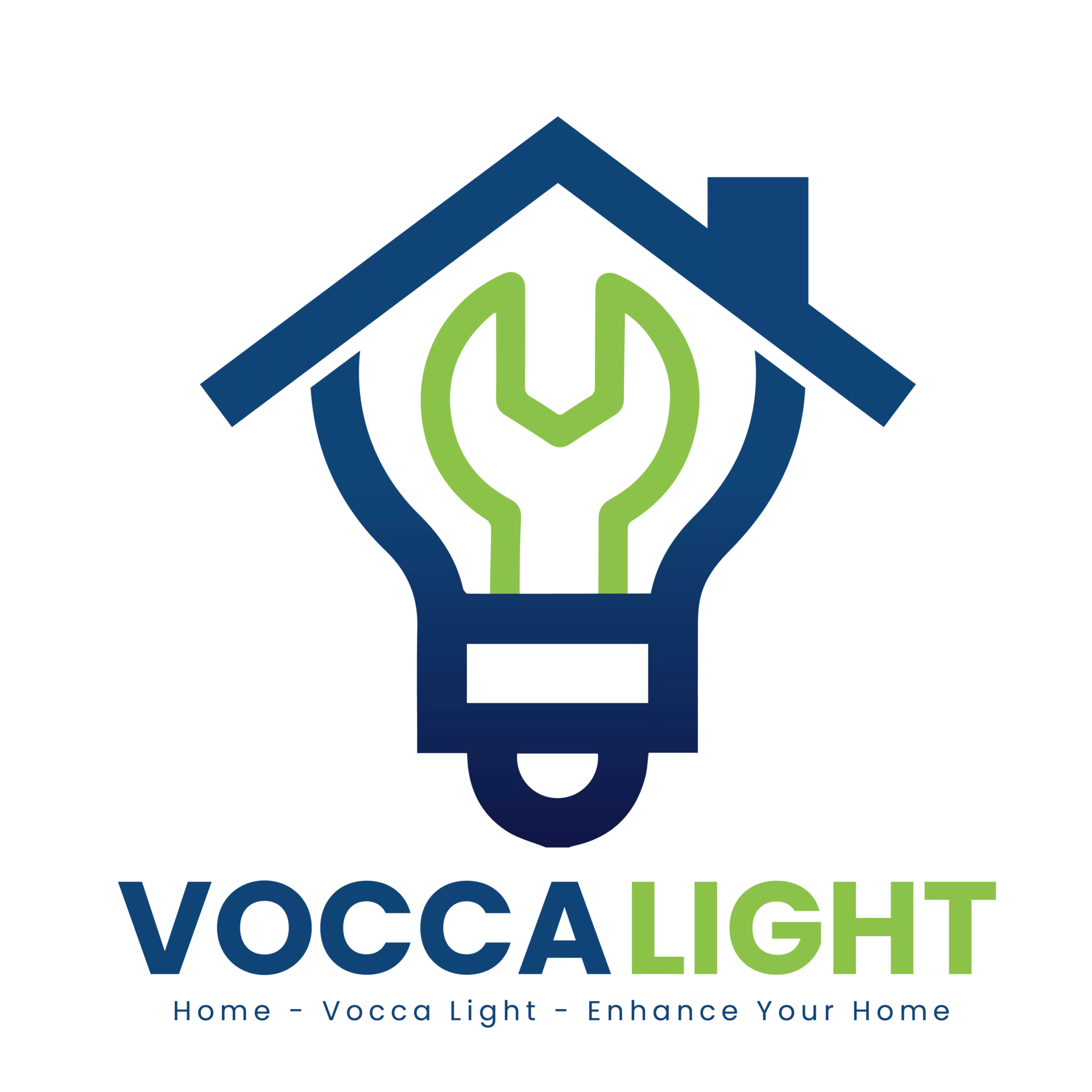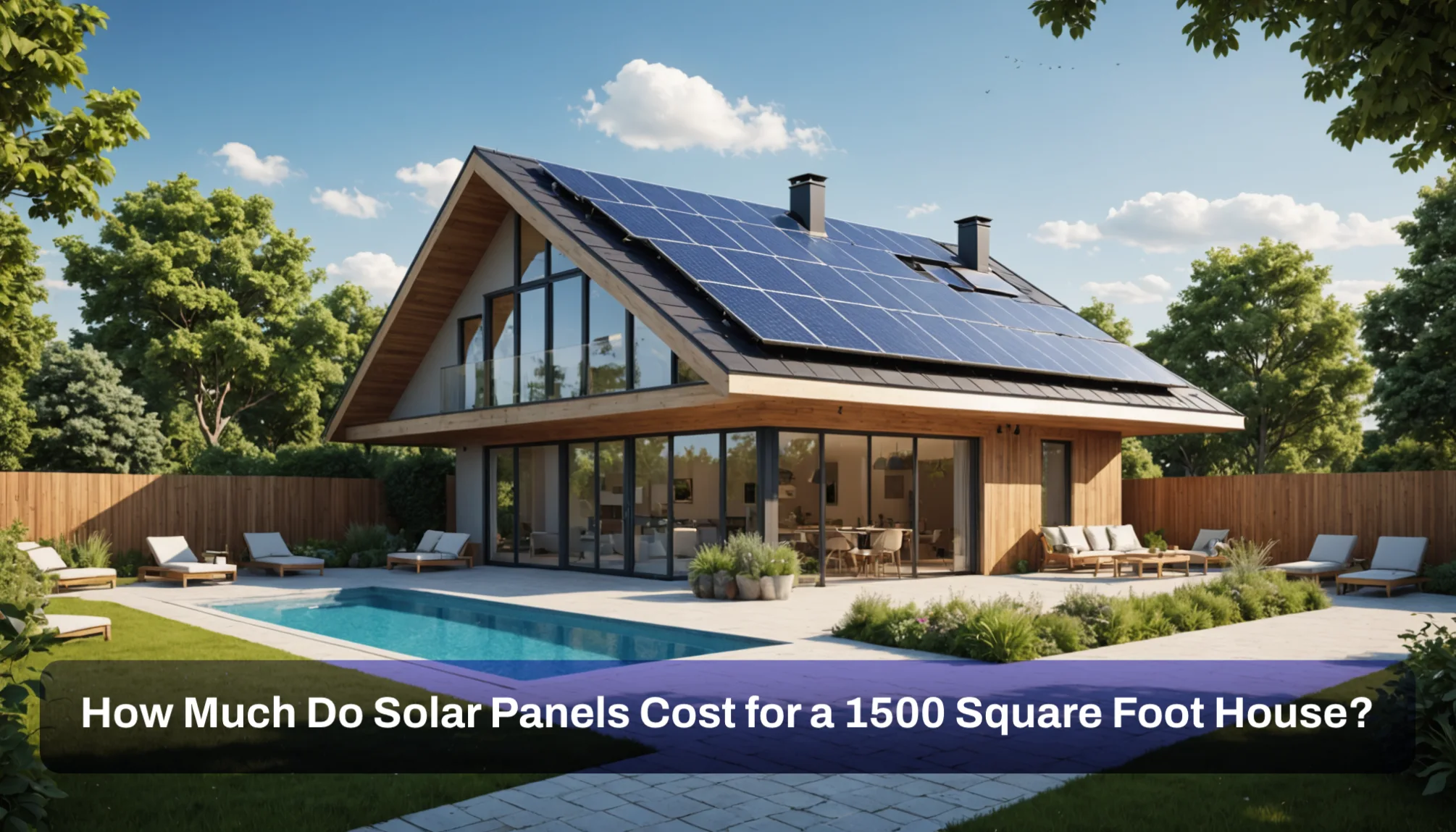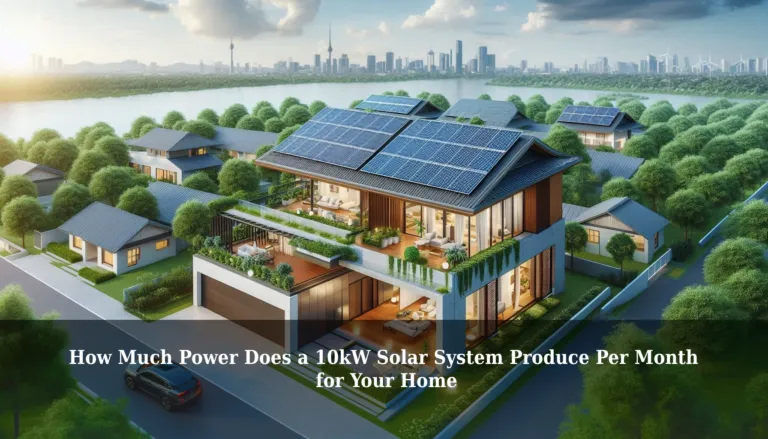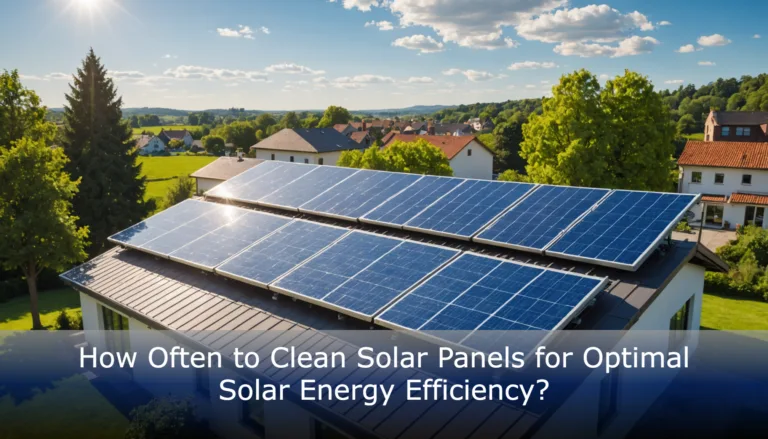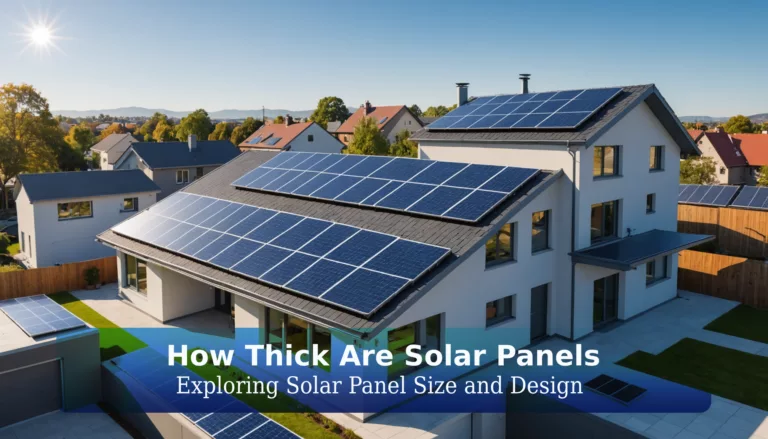How Much Do Solar Panels Cost for a 1500 Square Foot House?
Are you curious about how solar panels can power your home while saving you money? Understanding How Much Do Solar Panels Cost for a 1500 Square Foot House is essential for anyone looking to embrace renewable energy. With the right information, you can make smart choices that not only reduce your electricity bills but also help the environment!
If you don’t grasp these costs, you might miss out on valuable savings or make a decision that isn’t right for your home. In this article, we’ll dive into key factors that affect solar pricing, the average costs of solar equipment in 2025, and how to calculate the right system size for your house. Get ready to discover how solar energy can be a cost-effective solution for your electricity needs and learn about potential tax incentives that can make this investment even more appealing!
Understanding Solar Panel Cost for a 1500 Square Foot House
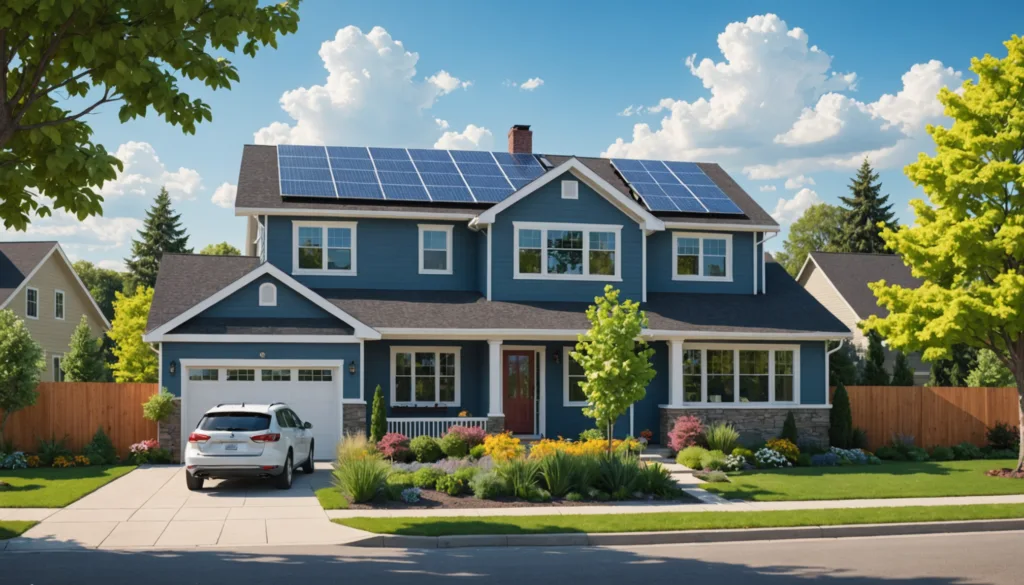
Key Factors That Affect Solar Panel Pricing
The cost of solar panels is influenced by several factors:
- Location: Local labor rates and sunlight availability can impact installation costs.
- Panel Type: Monocrystalline panels are generally more efficient but more expensive than polycrystalline panels.
- System Size: The energy needs of the household dictate the size of the solar system required.
Average Cost of Solar Equipment in 2025
In 2025, the average cost for solar equipment ranges from $16,000 to $26,000 for a 1500 square foot house. This estimate includes both equipment and installation fees, with costs per watt typically falling between $2.60 and $3.60.
How to Calculate the System Size You Need for a 1500 sq ft
To determine the appropriate system size:
- Assess the average daily energy consumption in kilowatt-hours (kWh).
- Use the rule of thumb that suggests approximately 1 kW per 400-500 square feet. For a 1500 square foot house, aim for a system size around 5-7 kW.
Breaking Down How Much Do Solar Panels Cost By House Size
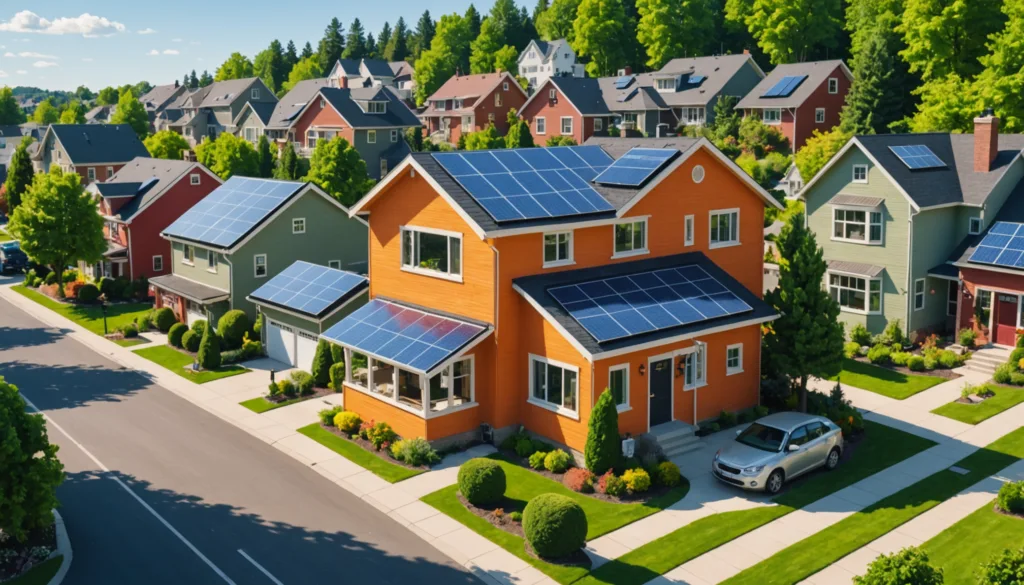
Comparing Costs for Different Square Foot House Dimensions
House size significantly impacts solar panel costs. Here’s a comparative table:
| House Size (sq ft) | Estimated System Size (kW) | Estimated Cost Range |
|---|---|---|
| 500 | 2 – 3 | $4,500 – $7,500 |
| 1500 | 5 – 7 | $16,000 – $26,000 |
| 2500 | 10 – 12 | $30,000 – $42,000 |
Typical Solar System Requirements for a 1500 Square Foot House
A typical solar system for a 1500 square foot house usually includes:
- 5 to 7 kW system capacity.
- Approximately 20 to 30 panels, depending on each panel’s wattage.
Solar Equipment and Installation Expenses
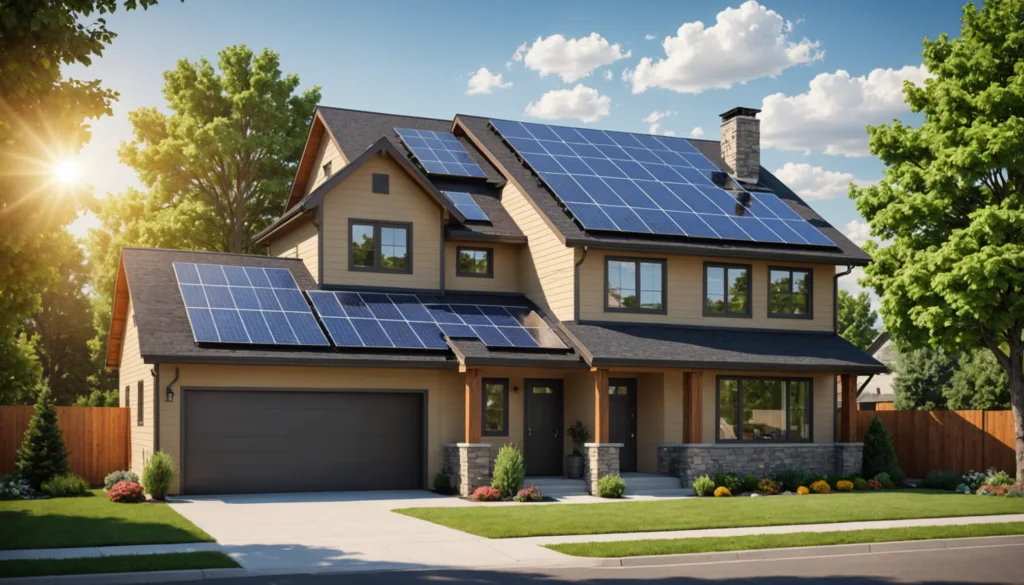
Essential Solar Equipment Components and Their Costs
The main components of a solar installation include:
- Solar Panels: Costs for solar panels range from $12,000 to $18,000 for a complete system for a 1500 square foot house, influenced by efficiency and brand. High-efficiency panels may cost more but provide greater savings on energy bills over time. The choice between monocrystalline and polycrystalline panels also affects cost and energy output.
- Inverters: Inverters convert the direct current (DC) from solar panels into alternating current (AC) for home use, typically costing between $1,000 and $3,000. The type of inverter—string inverter, micro-inverter, or power optimizer—affects performance and cost. Micro-inverters enable panel-level monitoring and can boost energy production in partially shaded areas (FreyrEnergy).
- Mounting Hardware: Essential for securely attaching solar panels, mounting systems generally cost around $1,000 to $2,000. The choice of hardware depends on roof type and installation requirements. Investing in quality mounting solutions ensures durability and protects the installation over time.
Storage Options and How They Affect Total Investment
Battery storage systems can enhance energy independence but add between $5,000 and $15,000 to the overall cost of a solar installation. These systems store excess energy generated during sunny days for use during peak demand times or outages.
Homeowners benefit from having backup power readily available, reducing reliance on the grid and offering peace of mind in emergencies. The choice of battery type—such as lithium-ion or lead-acid—can influence both the upfront cost and long-term performance of the storage solution (8MSolar, Unbound Solar).
Factor in Labor and Installation Costs
Labor costs typically range from $2,000 to $5,000, depending on local rates and the complexity of the installation. Factors influencing labor costs include the roof’s accessibility, the existing electrical infrastructure, and whether additional permits or inspections are required by local regulations. Proper installation is crucial for optimal system performance; poorly installed systems can lead to inefficiencies and higher maintenance costs over time. Engaging experienced professionals ensures that the system operates safely and effectively.
Reducing Your Solar Panel Cost Through Incentives
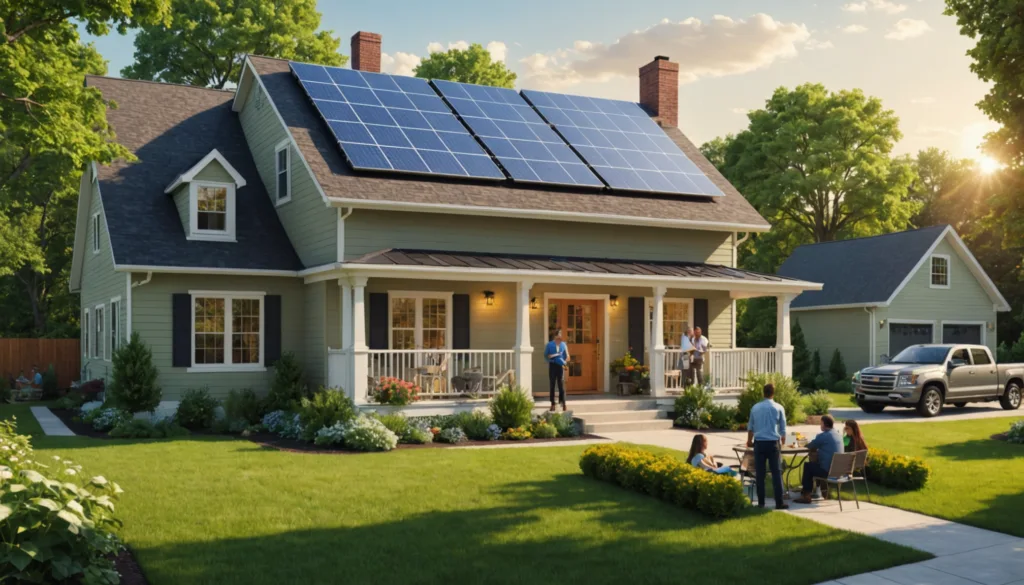
Federal Tax Credits for Solar System Installation
The federal solar tax credit permits homeowners to deduct 30% of their installation costs from their federal taxes, substantially decreasing the upfront investment. This incentive applies to both equipment and labor costs, making solar energy more accessible for many homeowners. It’s important to note that this tax credit is set to decline in future years, so acting sooner can result in greater savings (IRS).
State-Specific Incentives That Lower Overall Cost
Many states offer additional incentives such as rebates or tax credits that can further reduce installation costs. Each state has its own programs tailored to promote renewable energy adoption, which may include cash-back rebates after installation or performance-based incentives that reward homeowners for generating clean energy. Homeowners are encouraged to research these options thoroughly, as they can make a substantial difference in overall affordability.
Financing Options for Your 1500 Square Foot House Solar Project
Financing options like solar loans or leases can help manage upfront costs effectively. Solar loans allow homeowners to spread payments over time while still owning the system outright, leading to long-term savings on electricity bills (Power Outage). Meanwhile, leases require little to no upfront payment but may not provide the same level of financial benefits as ownership.
Power Purchase Agreements (PPAs) offer another alternative where homeowners pay for the electricity produced rather than purchasing the system itself. Each financing method comes with its own set of benefits and considerations that should be evaluated based on individual financial situations.
Is Installing Solar Panels on Your House Worth the Investment?
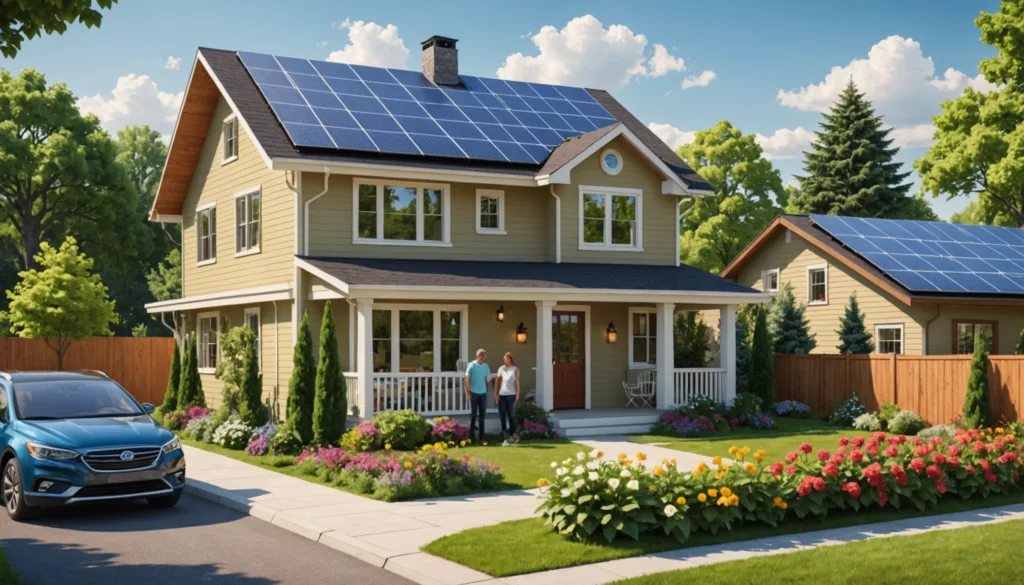
Calculate Your Return on Investment for a 1500 sq ft House
The average payback period for solar installations typically ranges from 5 to 10 years, depending on energy savings and local electricity rates. Homeowners can use online calculators or consult with solar professionals to estimate their potential savings based on current utility rates and expected energy production from their installed systems.
Factors That Affect Long-Term Solar System Value
Long-term value is influenced by several key factors:
- Energy Rates Over Time: Higher electricity rates can enhance savings accrued from solar installations.
- System Efficiency and Maintenance Needs: Regular maintenance ensures that solar systems operate at peak efficiency over their lifespan, affecting overall performance and savings.
- Increased Home Value Due to Renewable Energy Features: Properties with solar systems often see an increase in resale value due to their energy-saving features and appeal to environmentally conscious buyers.
Conclusion
Investing in solar panels for a 1500 square foot house presents a viable financial option, with costs ranging from $16,000 to $26,000 before incentives. The potential for long-term savings through reduced electricity bills and increased property value supports this investment.
FAQs
1. What are the long-term savings with solar panels?
Homeowners can save between $10,000 and $30,000 over 20 years, depending on energy usage and local utility rates.
2. How do solar panels affect home value?
Studies suggest that homes with solar panels may sell for approximately 4% to 6% more than those without.
3. What maintenance is required for solar panels?
Maintenance is minimal; regular cleaning and inspections help ensure optimal performance. Most systems require only periodic checks to maintain efficiency.
